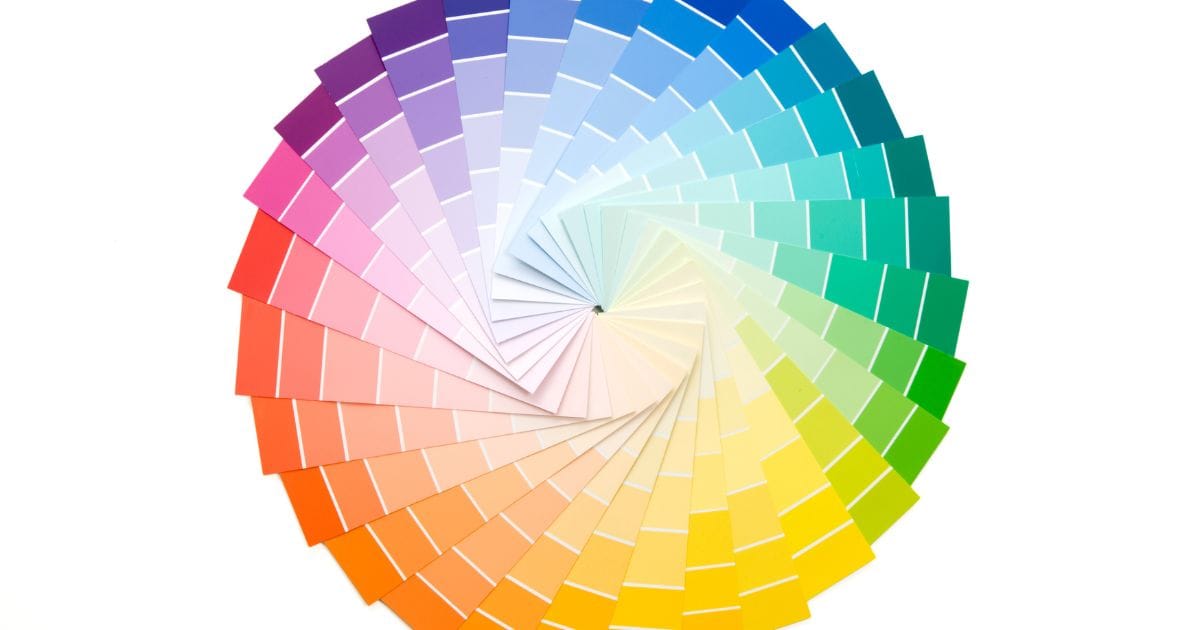How to Build a Strong Brand Identity: Key Elements for Success
James Lewis
July 10, 2024

Introduction
Building a strong brand identity is critical for business success. Companies with a consistent brand presentation across all platforms are estimated to increase revenue by up to 23%. Furthermore, a compelling brand can boost customer loyalty, with 77% of consumers buying from brands that share their values . In this article, we’ll explore the essential elements that contribute to a strong, lasting brand identity and how they can lead to better customer engagement and business growth.
Here, we dive into 10 essential web design trends that will help you stand out and improve user engagement in 2024.
1. Defining Your Brand’s Purpose and Values
Your brand’s purpose is the core reason why your business exists beyond just making a profit. It helps communicate what you stand for and why customers should choose you over the competition. By defining clear values that resonate with your target audience, you create emotional connections that lead to stronger loyalty. Brands with a well-articulated purpose are often seen as more trustworthy and relatable, fostering deeper relationships with their customers.
2. Choosing the Right Color Palette for Brand Recognition

Color plays a crucial role in branding as it can influence consumer perception and behavior. Research indicates that 90% of snap judgments about products can be based on color alone . For instance, blue is often associated with trust and dependability, while red evokes excitement and passion. The key is to select a color palette that reflects your brand’s personality and appeals to your audience, ensuring consistency across all platforms.
3. The Importance of Consistent Typography Across Platforms

Typography is another essential component of brand identity. Consistent use of fonts not only creates a cohesive look but also enhances readability and professionalism. Typography can evoke emotions, set a tone, and make your brand more recognizable. For example, modern sans-serif fonts are often used to convey simplicity and innovation, while serif fonts exude tradition and reliability. Ensuring your typography remains consistent across all touchpoints, from your website to social media, is key to a strong brand image.
4. Crafting a Memorable Logo: Tips and Inspiration
Your logo is often the first thing people associate with your brand, making it one of the most critical elements of your identity. A memorable logo is simple, unique, and reflects your brand’s essence. Look at successful logos like Nike’s swoosh or Apple’s apple—they’re iconic and instantly recognizable. In 2024, minimalistic and adaptable logos that work well across digital and print media will continue to be essential for brand success.
5. Developing a Unique Brand Voice to Connect with Your Audience
Your brand voice is how you communicate with your audience across all channels. Whether it’s playful, formal, or authoritative, consistency in tone helps build trust and recognition. Brands with a strong voice are able to create a personality that resonates with their target audience. For instance, a lighthearted, conversational tone might appeal to younger audiences, while a more serious and professional voice may attract business clients. In fact, 65% of consumers say they feel emotionally connected to a brand that speaks their language .
Conclusion
Building a strong brand identity isn’t just about having a great logo or a catchy tagline. It’s about creating a cohesive experience that resonates with your target audience across all touchpoints. By defining your brand’s purpose, carefully choosing color and typography, and developing a memorable logo and voice, you can build an identity that stands the test of time. In 2024 and beyond, businesses that focus on these key elements will be better positioned to attract and retain loyal customers.
By keeping these trends in mind, you can ensure your website not only looks great but also functions seamlessly, keeping users coming back for more. Remember, web design isn’t just about aesthetics; it’s about usability, engagement, and delivering value to your visitors.



